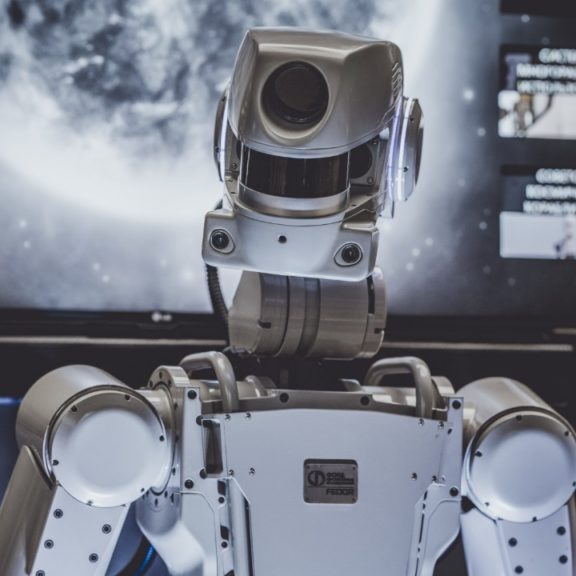Looking for alternatives to TensorFlow?
Whether you’re an engineer or a marketing analyst, you’ve likely realized how important coding and data resources can be in the workplace. Data especially is what makes the modern-day big business keep running ahead of the competition.
Keeping up with the flow of data can be daunting without the right tools at your disposal and trying to understand newer practices.
Tools like TensorFlow are invaluable for data gatherers, but sometimes the most popular option isn’t the best for everyone. These aren’t one size fits all situations here, after all. To find good alternatives for something like TensorFlow, you have to understand what it is and what others can do.
What Is TensorFlow?
TensorFlow is an open-source library for computations using data flow graphs. The nodes are mathematical operations and the edges are multidimensional data arrays or tensors flowing between them.
You can add multiple CPUs or GPUs to the server or device without rewriting any code. TensorFlow is also compatible with Python and C but could also work with C++, Go, Java, Javascript or Swift.
1. Theano
Theano is the first alternative to TensorFlow on our list. This library runs completely with Python which is good for all the mathematical situations. Theano also works with CPUs and GPUs.
A lot of other libraries have been made with Theano in mind because it’s such an old library, meaning it’s also very basic. In 2017, official development of the library stopped.
2. Keras
Keras is also written in Python and runs on top of TensorFlow, Theano and CNTK which we’ll get to soon. This library was developed with speed in mind to get experimentation done fast.
Keras is straightforward and great for writing short pieces of code. However, there’s not a whole lot of customization that can be said for Keras, but it gets the job done if you’re looking for something much easier.
3. Torch or PyTorch
The main difference between the two is that Torch is written in Lua while PyTorch is written in the much more used Python. In the end, they’re much of the same. Both are great for combining modular pieces and framework, allowing you to choose what to implement and what to eliminate.
You can also use them to easily switch between CPUs and GPUs. All in all, they’re best for complex networks because they’re made to simplify things down.
4. Caffe
Caffe basically does it all and is really popular for visual recognition is deep learning networks. This alternative to TensorFlow supports Python, C++ and MATLAB, so it can be picked up pretty easily. This is another library known for its speed, able to process over 60 million images daily.
The only real downside is that Caffe isn’t for fine-granular network layers like TensorFlow or CNTK, which we’re still getting to. If you’re doing some complex work, Caffe may not be for you.
5. Microsoft Cognitive Toolkit
The Microsoft Cognitive Toolkit, also known as CNTK, is for commercial-grade distribution and runs on Python and C++. In comparison to TensorFlow and Theano, this alternative to TensorFlow is made to give better performance on different devices at once.
At the same time, in comparison to Caffe, CNTK can easily tackle complex layer types and invent new ones. It can also handle images, speech and even handwriting. The only drawback is that there isn’t much support and makes mobile capabilities somewhat limited.
Deep Learning Practicality
As the world becomes more dependent on technology, businesses are going to keep using data as much as possible to get a leg up in their market. These alternatives to TensorFlow can help you get a better idea of how you can use deep learning for whatever your needs are.
There are more customizable options out there, and you can even try making your own if you think you’re savvy enough. There are a lot of alternatives to TensorFlow! Whether you need speed, complexity or any of it put together, there is an option for you.
Recent Stories
Follow Us On
Get the latest tech stories and news in seconds!
Sign up for our newsletter below to receive updates about technology trends














